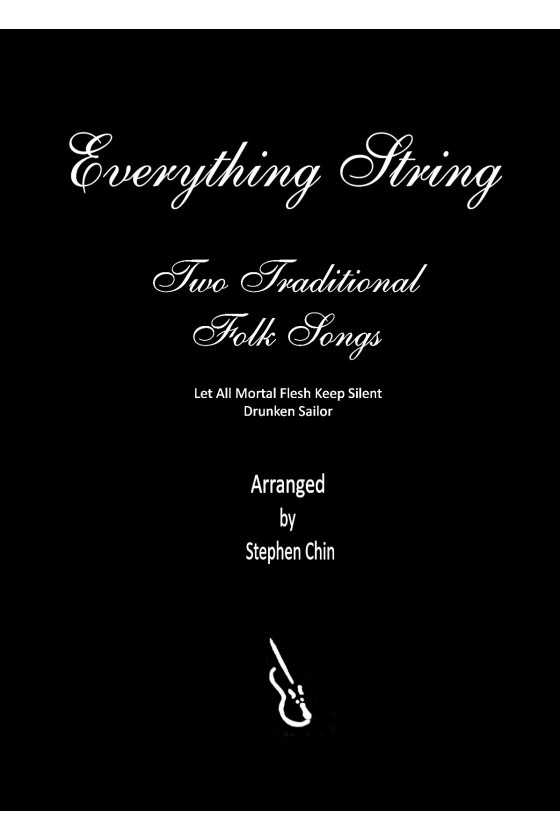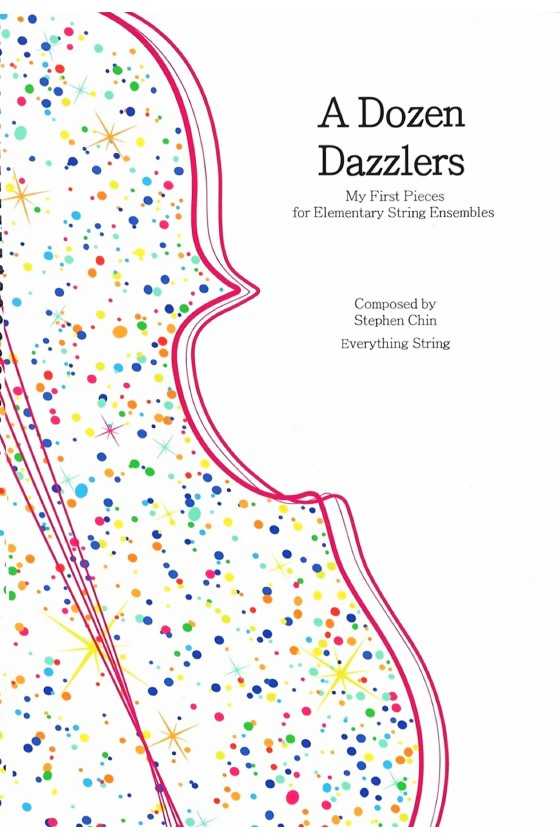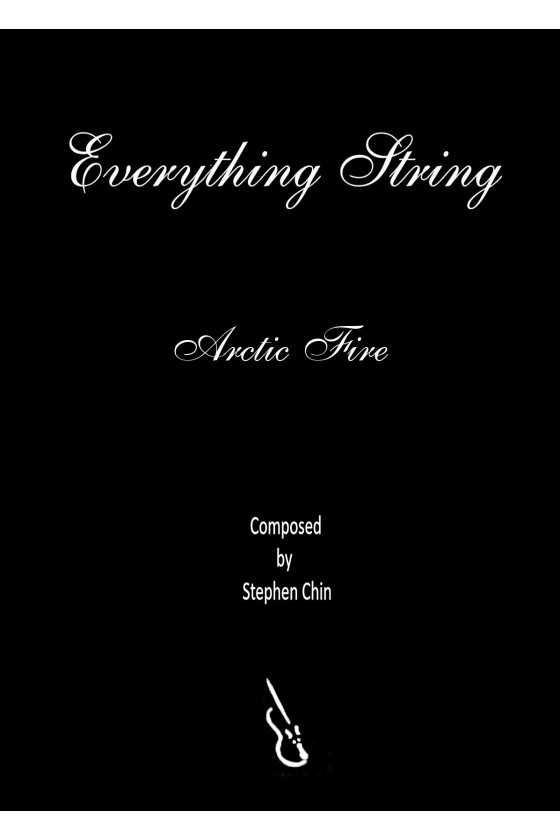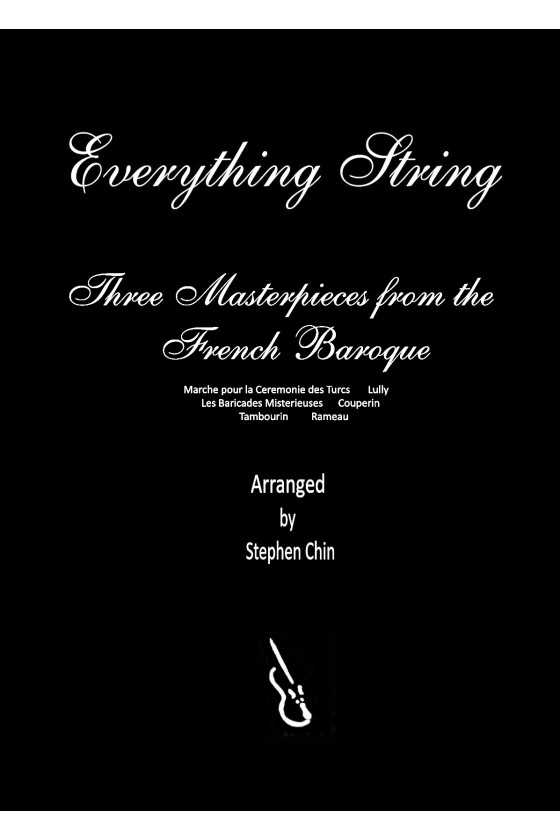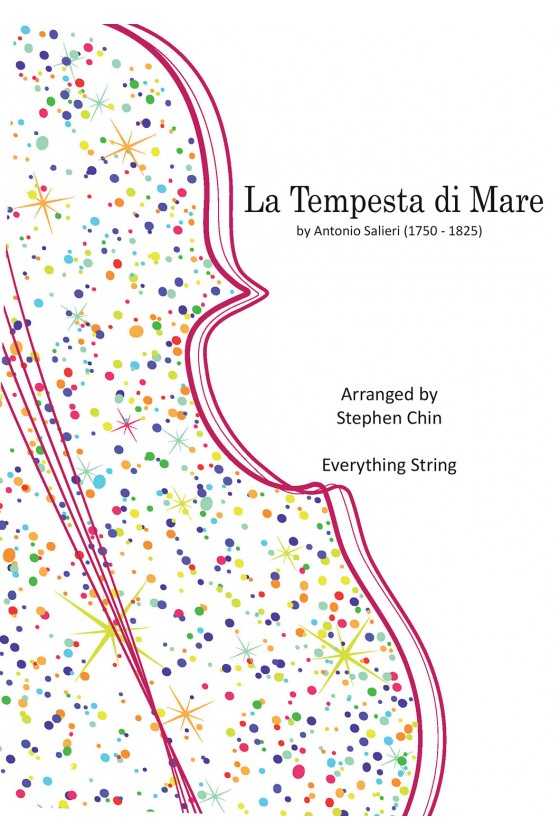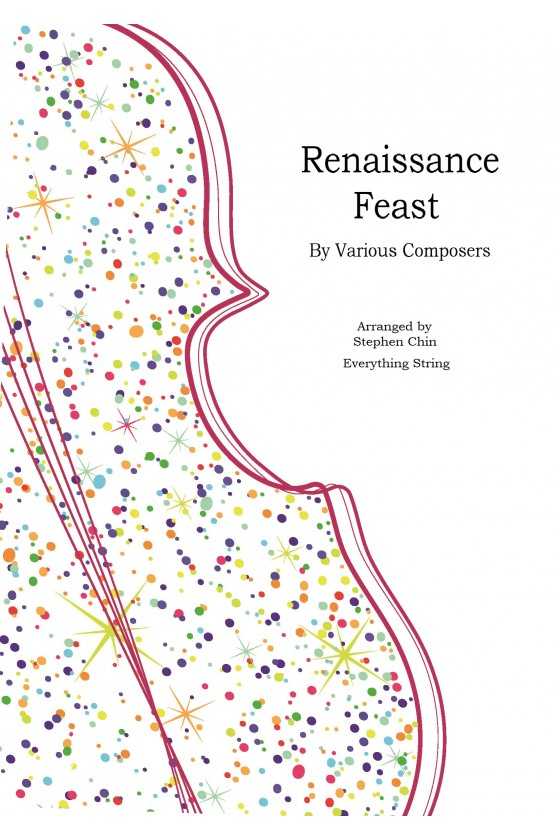
Kookaburra By Stephen Chin
This music piece tells the legend of how the Kookaburra got its laugh. It was created for the Cooloola Shire Symphony Orchestra in Queensland, Australia, in collaboration with elders from the Nations in the area. The composition features a full orchestra, narrator, and didgeridoo. It's an engaging introduction to the orchestra for young listeners, with the didgeridoo blending well with the orchestra.
For Full Orchestra, Narrator and Didgeridoo Grade 4

